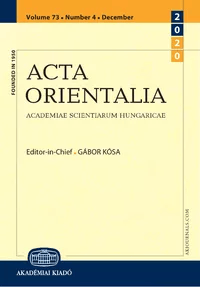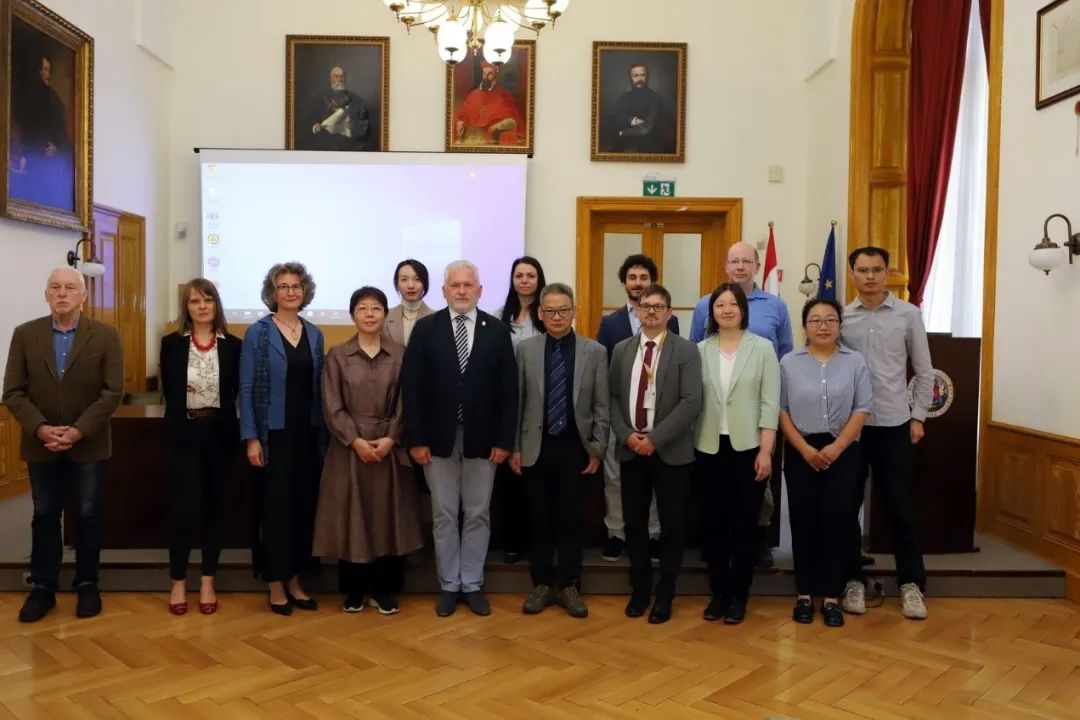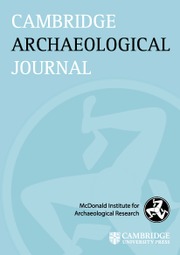Appearances

The Research Group Participated as Co-Organizers and Speakers at the 2025 ANSO–MTA Silk Road Forum & 3rd ATES Conference
As a continuation of the conference hosted in Lanzhou, China, in 2023, this year’s distinguished international event was jointly organized by the Hungarian Academy of Sciences (MTA) and the ELTE Research Centre for the Humanities. Eötvös Loránd University also acted as a collaborating partner, with our research group members assuming responsibility for several specific organizational and administrative tasks.

Joint paper by members of the Research Group on ancient Chinese perceptions of the Roman Empire
Published in Acta Orientalia Academiae Scientiarum Hungaricae, the article focuses on the translation and analysis of Chinese texts that have previously received limited attention in the scholarly literature.
The study is available here: akjournals.com

Joint workshop organized by the Research Group and the Chinese Alliance of National and International Science Organizations for the Belt and Road Regions (ANSO)
On 10 April 2024, a delegation from the Association for Trans-Eurasia Exchange and Silk Road Civilization Development (ATES) visited ELTE, where the Research Group organized a joint workshop titled “New Avenues of Silk Road Research from a Multidisciplinary Perspective.” Dr. Krisztina Hoppál, head of the Roman World and the Far East Research Group, delivered a special lecture entitled “Cross-Cultural Interactions in Antiquity: Chinese Silk Finds from the Roman Empire.”
More details here: ates.ac.cn

Research group members give presentations at an international conference in Lanzhou, China
Two members of the research group were invited by the Hungarian Academy of Sciences to give presentations at an international conference organized by the Chinese Alliance of International Science Organisations. The conference took place in Lanzhou, China.
Our detailed report is available below.

Research paper on Roman and related objects from Southeast Asia
The paper includes Mediterranean imports produced between the last centuries BCE and first centuries CE, as well as Asia-produced inspired objects that integrate Mediterranean elements to varying degrees. It not only contributes to building the sequence of cultural exchanges, but also interprets in cultural terms the varying Mediterranean elements present.
Full paper available here: https://www.cambridge.org

New research paper available:
Percepció és recepció a Selyemút mentén (Ed. by Krisztina Hoppál, Szilvia Kovács)
